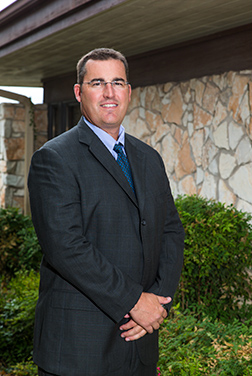by Michael J. Smith, MD
Jumper’s knee is a common overuse injury that affects up to 20 percent of athletes who jump with rapid acceleration and deceleration. Typically athletes who play basketball, volleyball, soccer, and track are the individuals most affected. The length and intensity of training and repetitive jumping are well known causes of jumper’s knee (patella tendonitis). 1,2,3 Playing surfaces and footwear can also play a part. There are several body type conditions that have also been investigated as causing the issue, including patella height, malalignment, and muscle imbalance. 1 Initial symptoms are usually pain along the front of the knee that occurs after a sports activity, with specific trauma. Pain may become worse and continue even after the sporting event and training stops. It can also progress into pain with day-to-day activities. Swelling is usually not present. Jumper’s knee is usually managed conservatively. In a high percentage of the cases, most athletes return to their activities and sports. If the condition is treated early, there is a much higher success rate. Nonoperative treatment includes activity restriction and modification, ice, pain medications, and physical therapy. Careful attention to a good stretching and strengthening therapy program and improvement of muscle imbalance across the knee is important. When the pain and inflammation is under control, a gradual training program can be started. Neoprene braces and straps may also be used for comfort. Surgery is a possibility if these measures fail to improve the issue. Surgery for jumper’s knee tends to have a long recovery time—6 to 12 months. 7,9,10 Because of this, several arthroscopic procedures are being studied and have had positive recovery outcomes. The earlier this is treated the better, with a more predictable return to the patient’s athletic event. The best treatment is prevention by implementing quadriceps strengthening, as well as eccentric-strengthening exercises in the preseason. This should be followed by a steadily progressive training regimen for the desired athletic event.

 Dr. Morris has more than 23 years experience in the Texas Hill Country in the care of Sports Medicine and orthopedic surgery.
Dr. Morris has more than 23 years experience in the Texas Hill Country in the care of Sports Medicine and orthopedic surgery. 